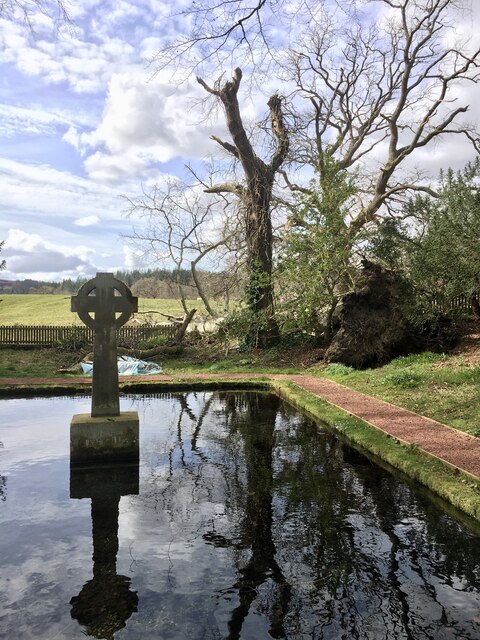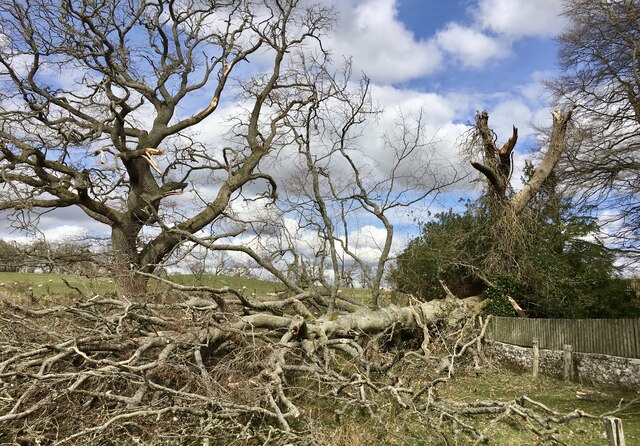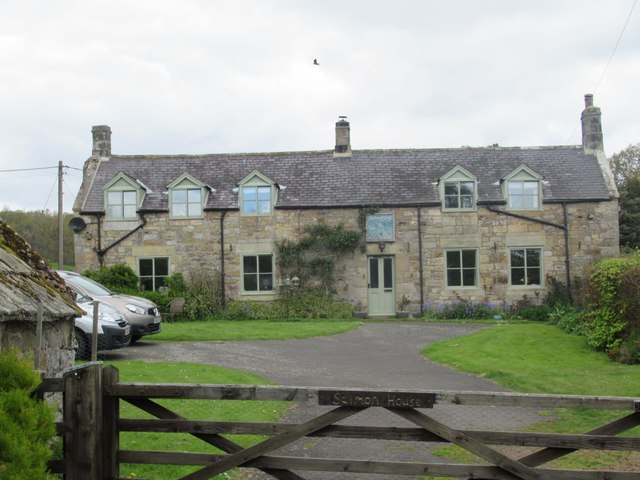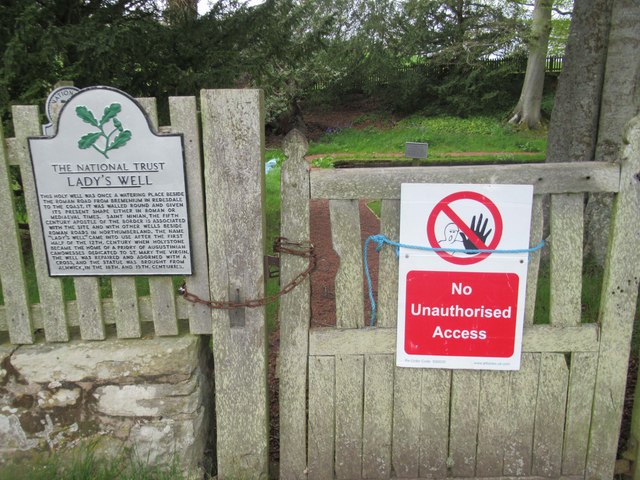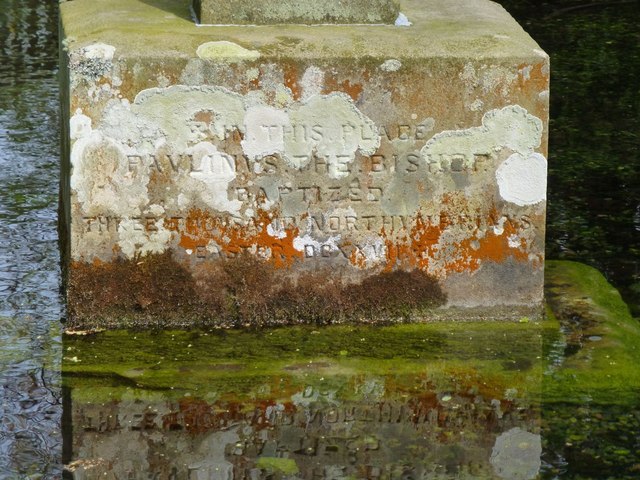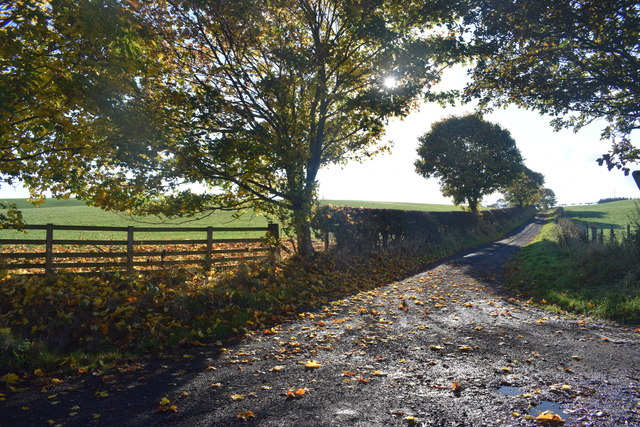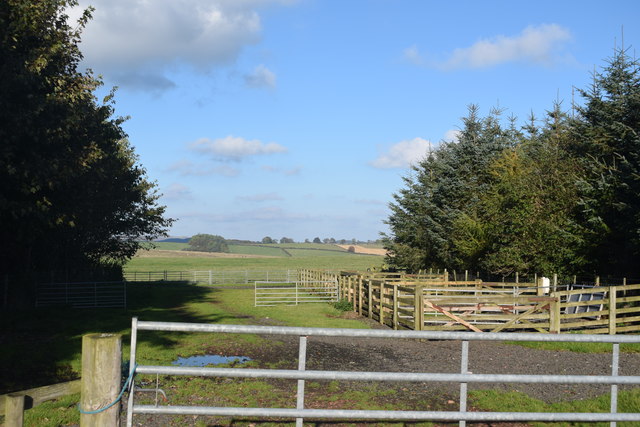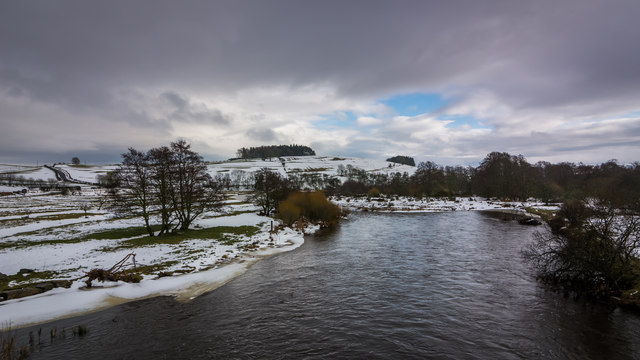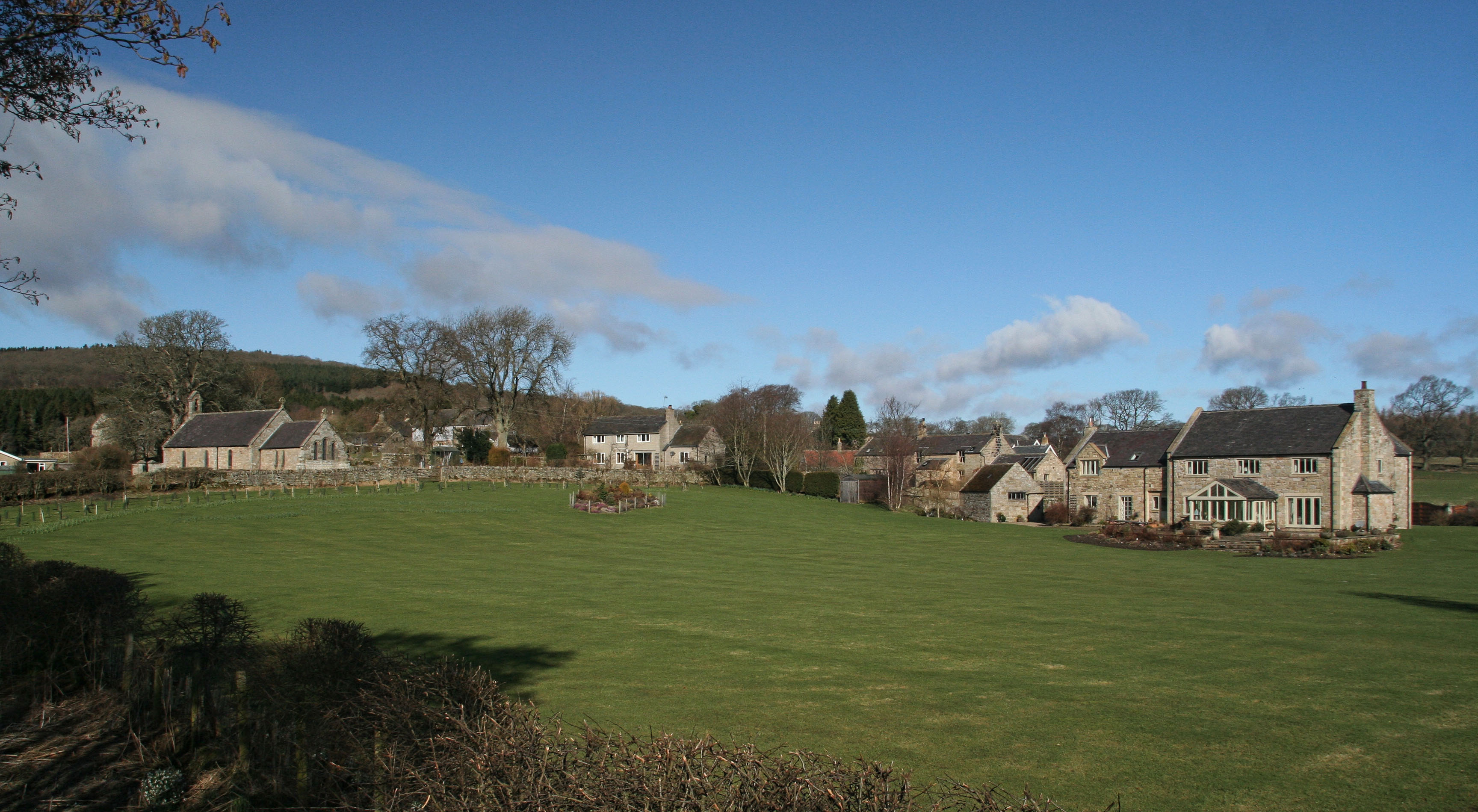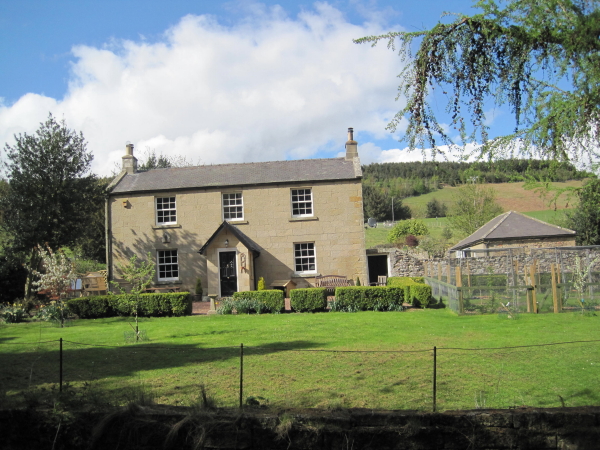Black Moss
Wood, Forest in Northumberland
England
Black Moss

Black Moss is a dense woodland located in the county of Northumberland, England. Known for its natural beauty and rich biodiversity, it covers an area of approximately 100 acres. The woodland is situated in the northern part of Northumberland, close to the village of Bellingham.
Black Moss is characterized by its thick and ancient tree canopy, consisting mainly of oak, beech, and birch trees. The forest floor is adorned with a variety of wildflowers, ferns, and mosses, giving it a lush and vibrant appearance. The woodland is home to a diverse range of wildlife, including deer, foxes, badgers, and numerous bird species such as woodpeckers and owls.
The forest is crisscrossed by a network of well-maintained footpaths, allowing visitors to explore its natural wonders. These paths lead to scenic viewpoints, tranquil streams, and a picturesque waterfall, making Black Moss a popular destination for nature lovers, hikers, and photographers.
In addition to its natural beauty, Black Moss has historical significance. The woodland was once part of the ancient hunting grounds of the local aristocracy and is dotted with remnants of old hunting lodges and stone markers. These historical features add an extra layer of charm to the already enchanting forest.
Black Moss offers a peaceful retreat from the hustle and bustle of modern life, providing a haven for both wildlife and humans alike. Its serene atmosphere and breathtaking scenery make it a must-visit destination for anyone seeking a connection with nature in Northumberland.
If you have any feedback on the listing, please let us know in the comments section below.
Black Moss Images
Images are sourced within 2km of 55.334544/-2.0578243 or Grid Reference NT9604. Thanks to Geograph Open Source API. All images are credited.
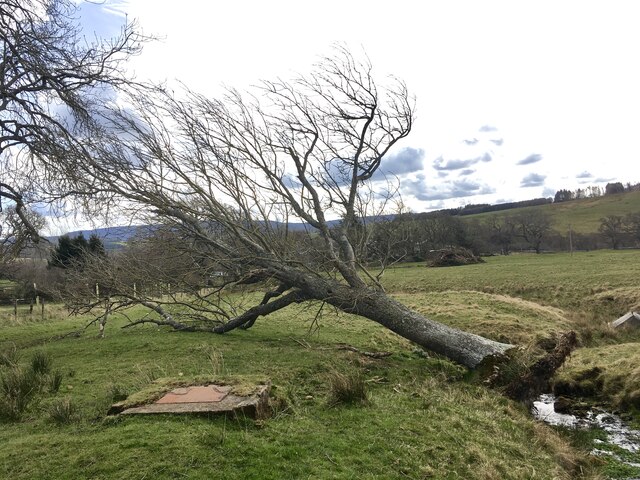

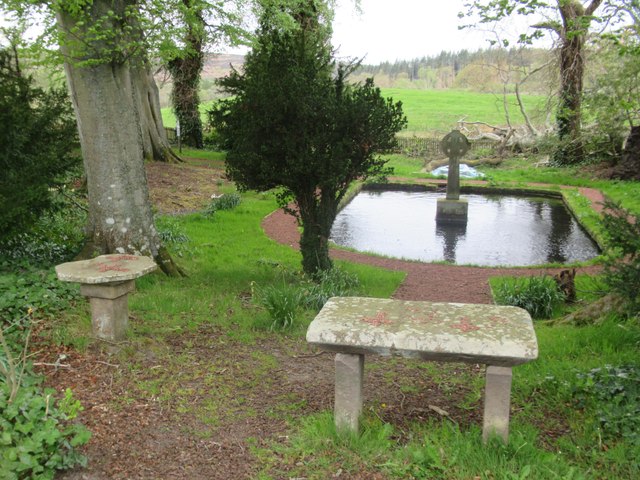
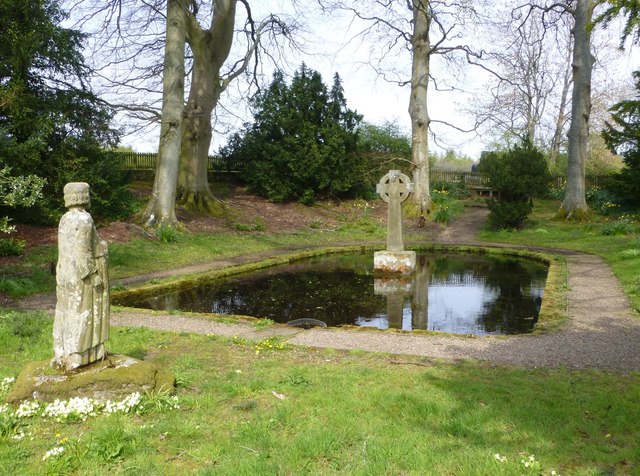
Black Moss is located at Grid Ref: NT9604 (Lat: 55.334544, Lng: -2.0578243)
Unitary Authority: Northumberland
Police Authority: Northumbria
What 3 Words
///fortunate.earliest.meanwhile. Near Rothbury, Northumberland
Nearby Locations
Related Wikis
Sharperton
Sharperton is a small settlement and former civil parish, now in the parish of Harbottle, in Northumberland, England. Sharperton is the site of a deserted...
Holystone, Northumberland
Holystone is a small village and former civil parish, now in the parish of Harbottle, in Northumberland, England. It lies on the edge of (and just within...
Burradon, Northumberland
Burradon is a village and former civil parish, now in the parish of Netherton, in Northumberland, England. It is about 14 miles (23 km) to the south-west...
Harbottle
Harbottle is a village and civil parish in Northumberland, England about 10 miles (16 km) south-east of the Scottish border, in the southeastern part of...
Harbottle Castle
Harbottle Castle is a ruined medieval castle situated at the west end of the village of Harbottle, Northumberland, England, 9 miles (14 km) west-north...
Biddlestone
Biddlestone is a village and civil parish in Northumberland, England. It is about 14 miles (23 km) to the west of Alnwick. In the early 21st Century several...
Biddlestone Hall
Biddlestone Hall was a large country house at Biddlestone in Northumberland. == History == The Georgian style mansion was built for the Selby family about...
Netherton, Northumberland
Netherton is a village and civil parish in the English county of Northumberland. The population of the village at the 2011 census was 185.Located 6+1⁄2...
Have you been to Black Moss?
Leave your review of Black Moss below (or comments, questions and feedback).



